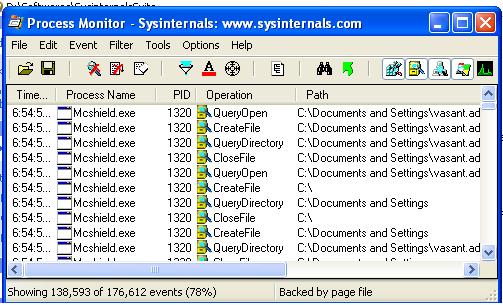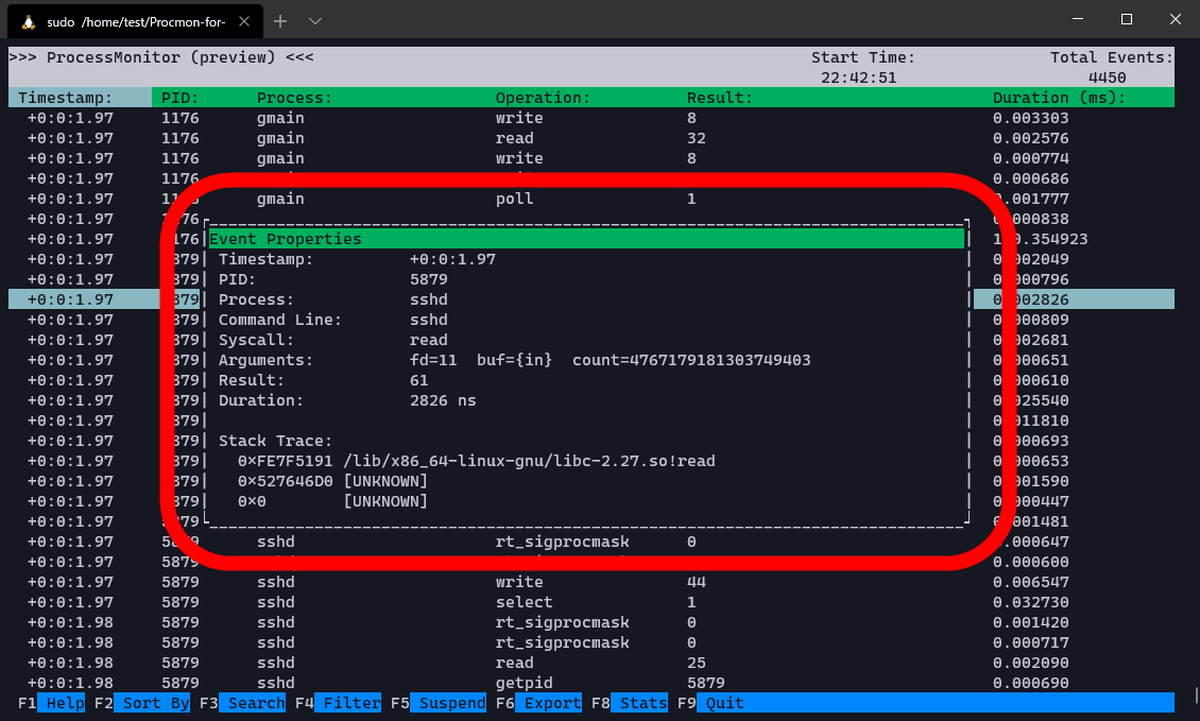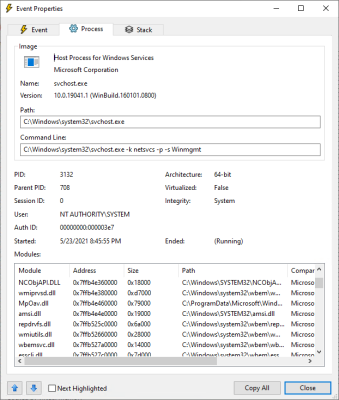

While extremely detailed, the results are often more overwhelming than they are helpful. That is, it monitors and records virtually every action taken by every process on a system. ProcMon is (oddly enough) a Process Monitor. You do this by clicking File > Save and selecting the path as below, or you can simply parse the output on the device you have captured it on.If you have ever been in the position of needing to know how and what an application is doing, without yourself having any knowledge of said application, then ProcMon is the discovery tool for you. You can also save the Process Monitor output, if required, as a PML file so that you can view the logged output on another computer, if you so desire. We now need to parse the Process Monitor output to find which operating system settings correspond to making these changes. You can see that we have changed the settings for small Taskbar icons, turned off Cortana, Task View, and Search, and set "Show file extensions" in Explorer.

When you have finished, stop the capture again by clicking File > Capture Events. Below is a short video clip showing the capture being made. Start the capture again by clicking File > Capture Events, and then make the changes you want. As we are simply capturing some desktop settings, though, we just need to be at the Windows desktop. For instance, if you are capturing something in a specific application, open the application so that you do not generate all the extra noise from the application launch. Now, get ready to make the changes you are trying to capture. So, it is prudent to keep the amount of time you run Process Monitor to a minimum. Be aware that Process Monitor will generate a lot of data, as it records everything that happens on the system.

The first thing to do is replicate the change to the settings while Process Monitor is running. In these cases, Process Monitor can help us identify the settings in use so that we can manage them centrally. While there are sometimes Group Policy Objects and Intune settings that can help us with setting up the user interface in this way, these settings can be unsuitable or difficult to find.

In end-user computing, we are often asked to make specific parts of the UI look a particular way for our users. It does require administrative rights to run.Īs a quick and straightforward example, I'm going to show how I use Process Monitor to capture the settings that drive certain parts of the Windows user interface. You simply download the executable, then copy it to your target endpoint and run it directly. Process Monitor requires no installation.


 0 kommentar(er)
0 kommentar(er)
